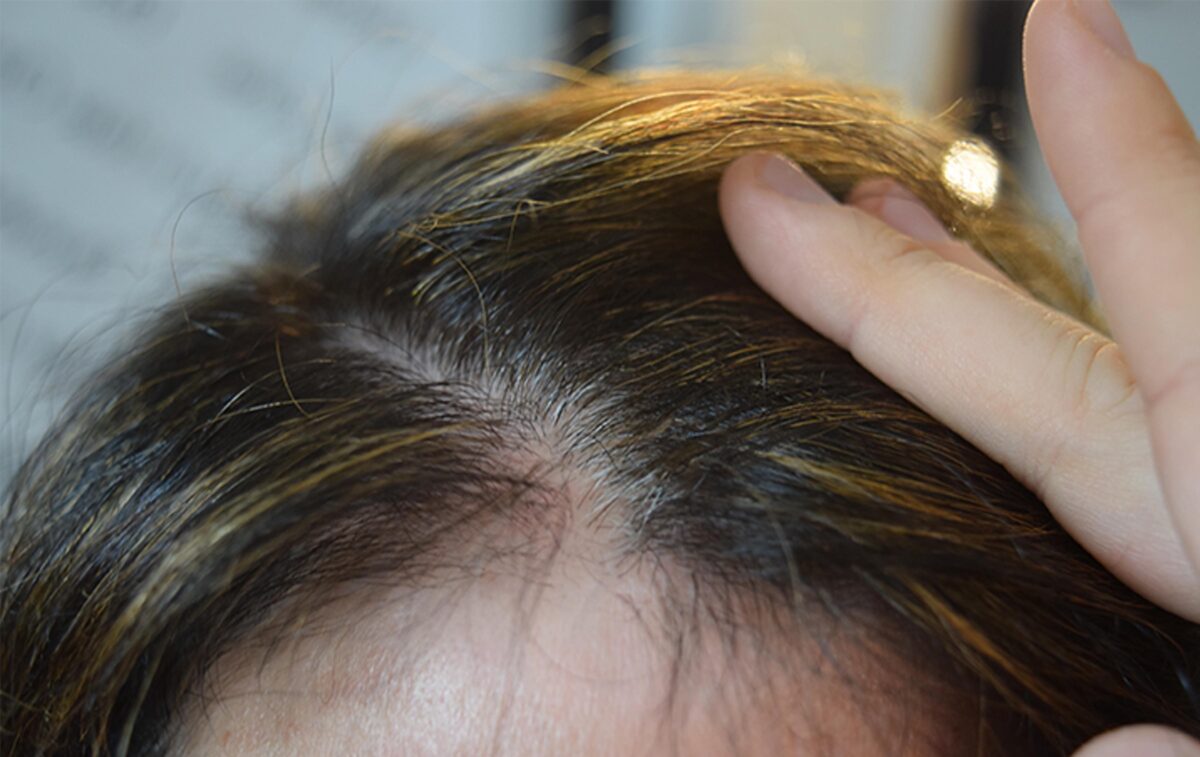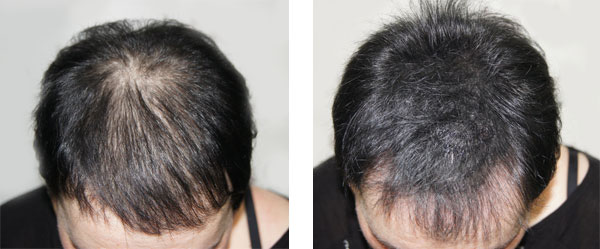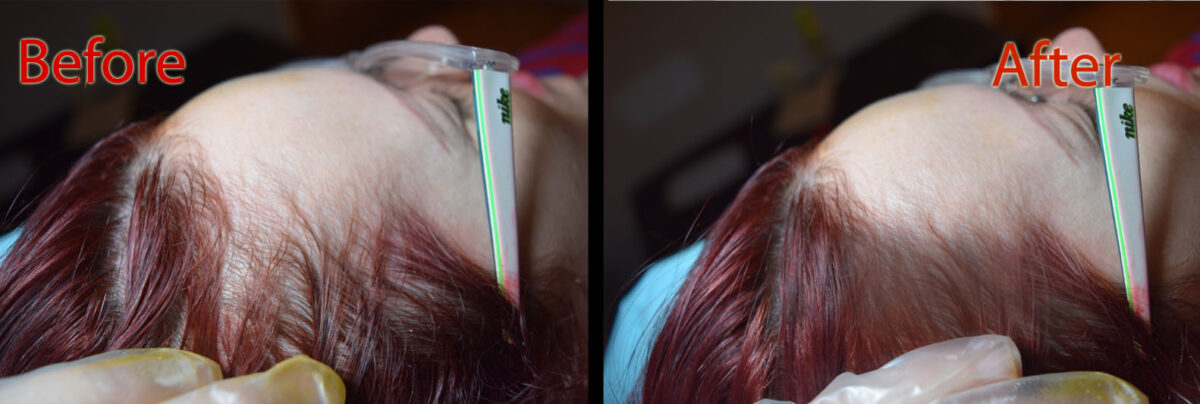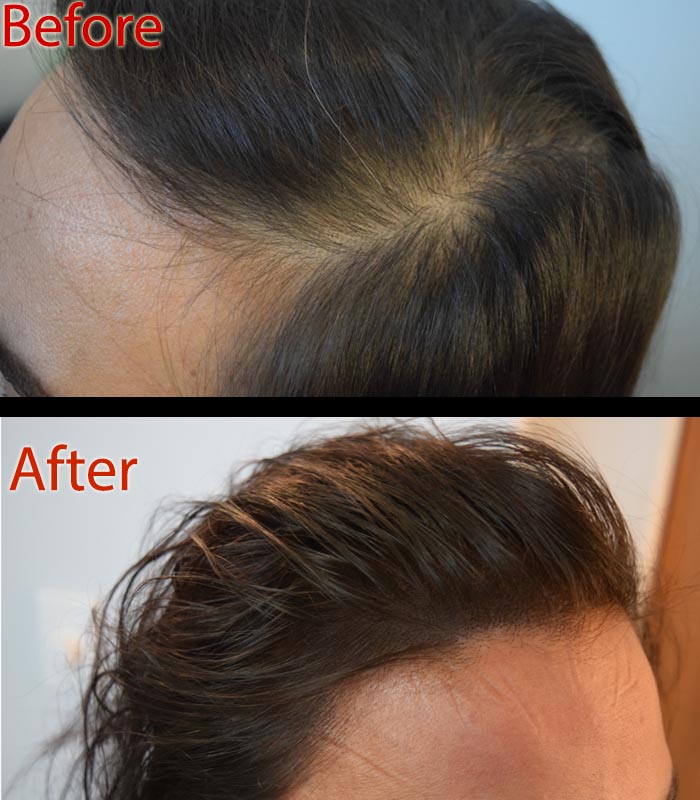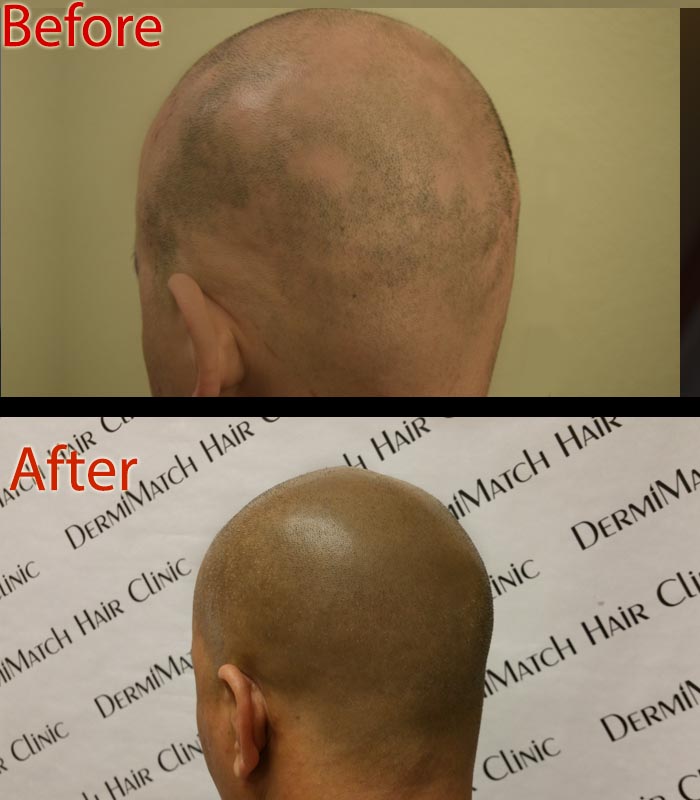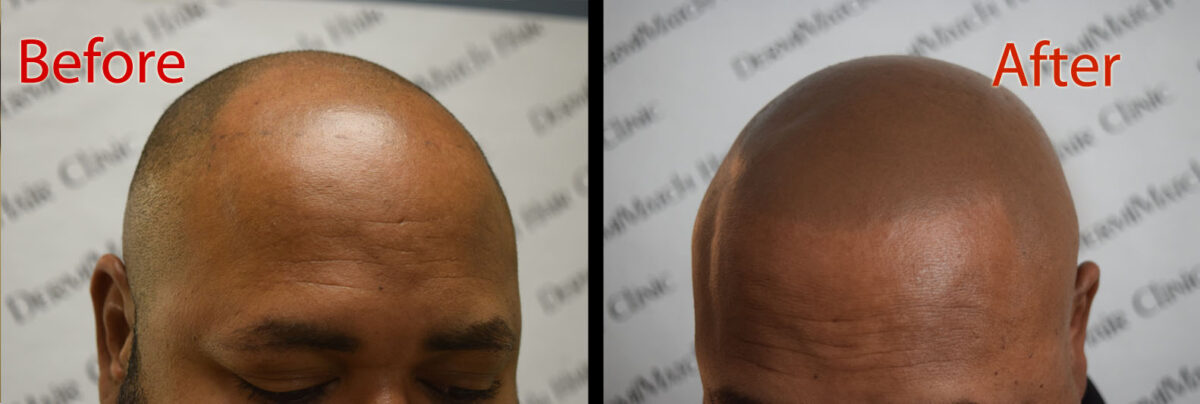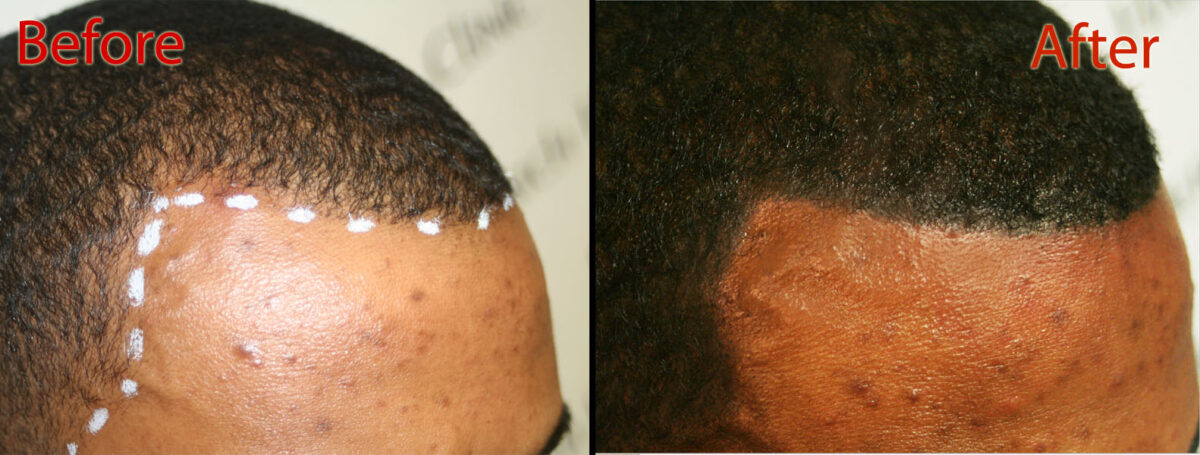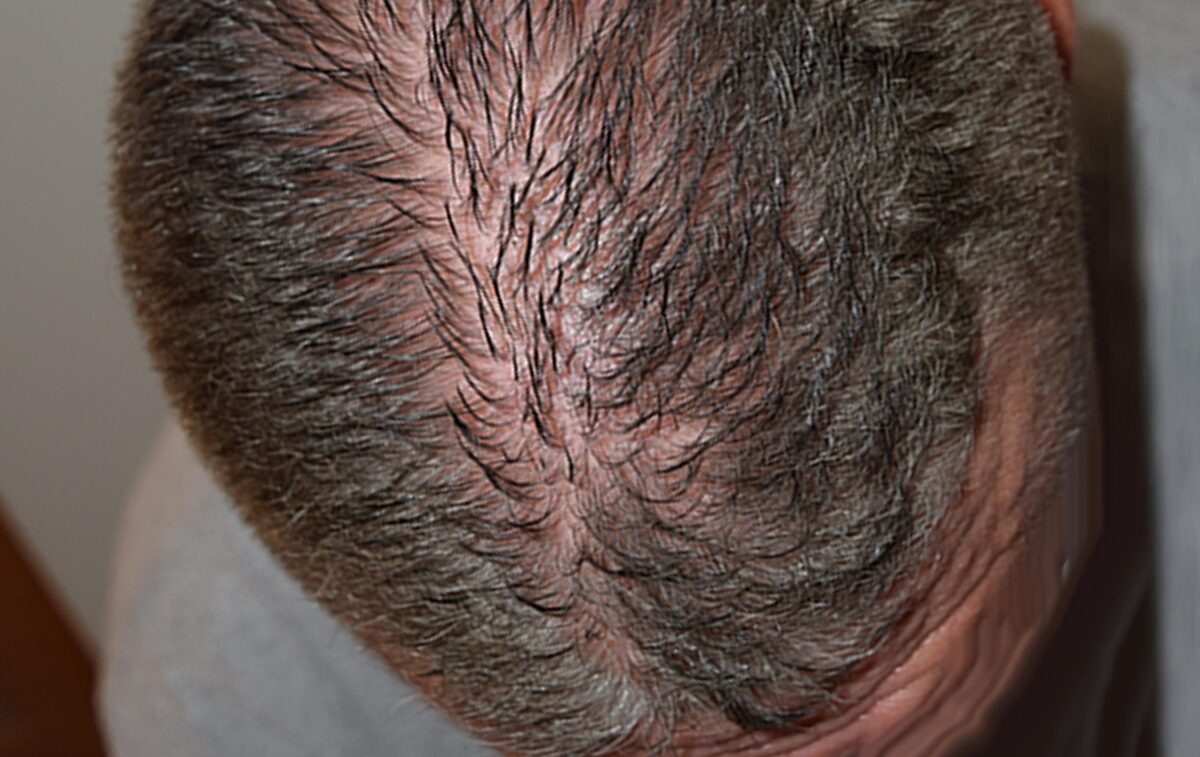People used to worry about hair loss in their 40s or 50s. But the situation has changed considerably. Many teenagers and college students are already seeing their hairlines recede, and some are noticing bald spots already. Gen Z hair loss is a serious problem that affects confidence and self-esteem during some of the most important years of their lives.
Causes of Gen Z Hair Loss?
Several factors contribute to early hair loss in youth. First, young people are under immense pressure from school, work, and social media, which creates constant anxiety, resulting in mental health problems. Long periods of stress can push hair follicles into a resting phase where they stop growing and eventually fall out.
Sleep problems play a big role too. Many Gen Z individuals stay up late scrolling through phones or binge-watching shows. Poor sleep affects hormone production, which directly impacts hair growth. Bad eating habits make things worse. Indulging in fast food and energy drinks and skipping meals could be responsible for nutritional loss. As a result, you don’t get the vitamins and minerals for healthy hair.
Hormones and Modern Lifestyle Choices
Hormonal imbalances are more common in Gen Z than in previous generations. Young women often deal with conditions like PCOS or thyroid problems that affect hair growth. Birth control pills can also change hormone levels and lead to thinning hair. For young men, genetics combined with lifestyle stress can trigger male pattern baldness much earlier than expected.
Diet trends popular with Gen Z can also contribute to problems. Extreme diets often create nutritional gaps. Hair needs protein, iron, and B vitamins to grow strong. Without these nutrients, hair becomes weak and falls out more easily.
Why Traditional Treatments Often Fail?
When Gen Z starts looking for solutions, they usually try out everything, from home remedies to social media trends and scalp treatments. While the problem still lingers, especially when Gen Z hair loss is caused by genetics, hormones, or years of damage, it needs more than a topical treatment to fix.
Hair transplant surgery might not be the solution for everyone. It’s expensive and risky for young people whose hair loss pattern might still be changing. Many young adults also can’t afford the thousands of dollars these procedures cost.
It is likely to lead to frustration and disappointment. So when you don’t want to be caught in this vicious cycle, scalp micropigmentation might be the solution.
What is Scalp Micropigmentation?
This is exactly when scalp micropigmentation becomes a game-changing solution. SMP doesn’t try to regrow hair that’s already gone. Instead, it creates the appearance of a full head of hair by adding tiny pigment deposits to the scalp. The result looks like natural hair follicles or a perfectly styled buzz cut.
For Gen Z hair loss, SMP offers immediate results without surgery, ongoing medications, or expensive treatments that might not work. It’s affordable, permanent, and gives back the confidence that hair loss took away.
Choosing the Right SMP Artist Matters
However, picking the right practitioner is crucial. Many tattoo artists now claim they can do scalp micropigmentation, but scalp work requires completely different skills from body tattoos. The wrong artist can create unnatural results, use incorrect pigments, or damage the scalp permanently.
Always choose a certified Arizona SMP specialist who focuses on scalp work. Look at their before and after photos, read client reviews, and make sure they understand hair loss patterns. When done correctly by an Arizona scalp micropigmentation expert, it can transform not just your appearance, but your entire outlook on life.
Schedule a consultation with the best SMP artists in Arizona at DermiMatch Clinic.

